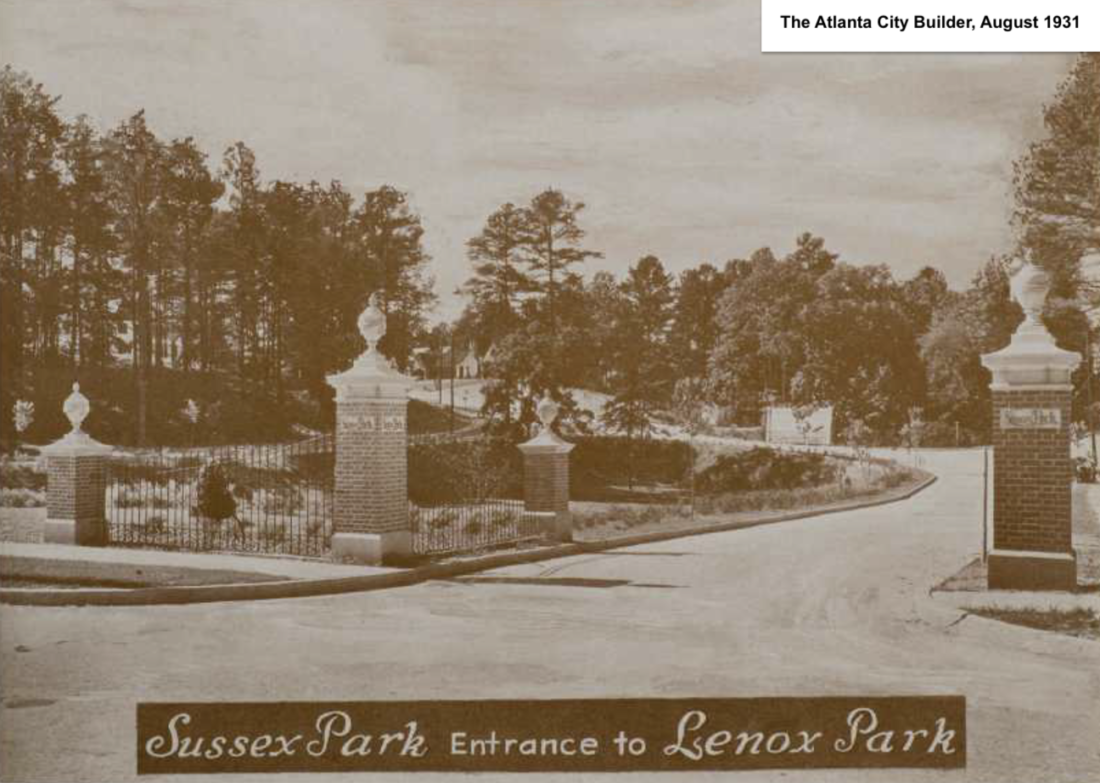
Parks and More Neighborhoods - 1930s
References:
https://en.wikipedia.org/wiki/Morningside/Lenox_Park#Parks_and_trails
https://s3.amazonaws.com/morningsidelenoxpark/WALKING+TOUR+OF+MORNINGSIDE.pdf
https://www.atlantapreservationcenter.com/place_detail?id=87&pt=1&year=all
Mitchell WR, Martin VJ, Classic Atlanta: Landmarks of the Atlanta Spirit, Golden Coast Publishing Company, 1991.
Southern Architecture Illustrated, edited by Cook LE, Harman Publishing Company, 1931.
The Atlanta City Builder, Published by the Atlanta Chamber of Commerce, August, 1931.
Noble Park, Johnson Estates, Hylan Park
The development of Tudor style houses in Noble Park, Johnson Estates, and Hylan Park began in 1930. Daniel Noble Johnson was the developer of the Johnson Estates and lived on the corner of Homestead and Johnson. Charline Avenue was named for his daughter. Hylan Park included houses built on Zimmer, Reeder, and the block of Cumberland between Highland and E Rock Springs.
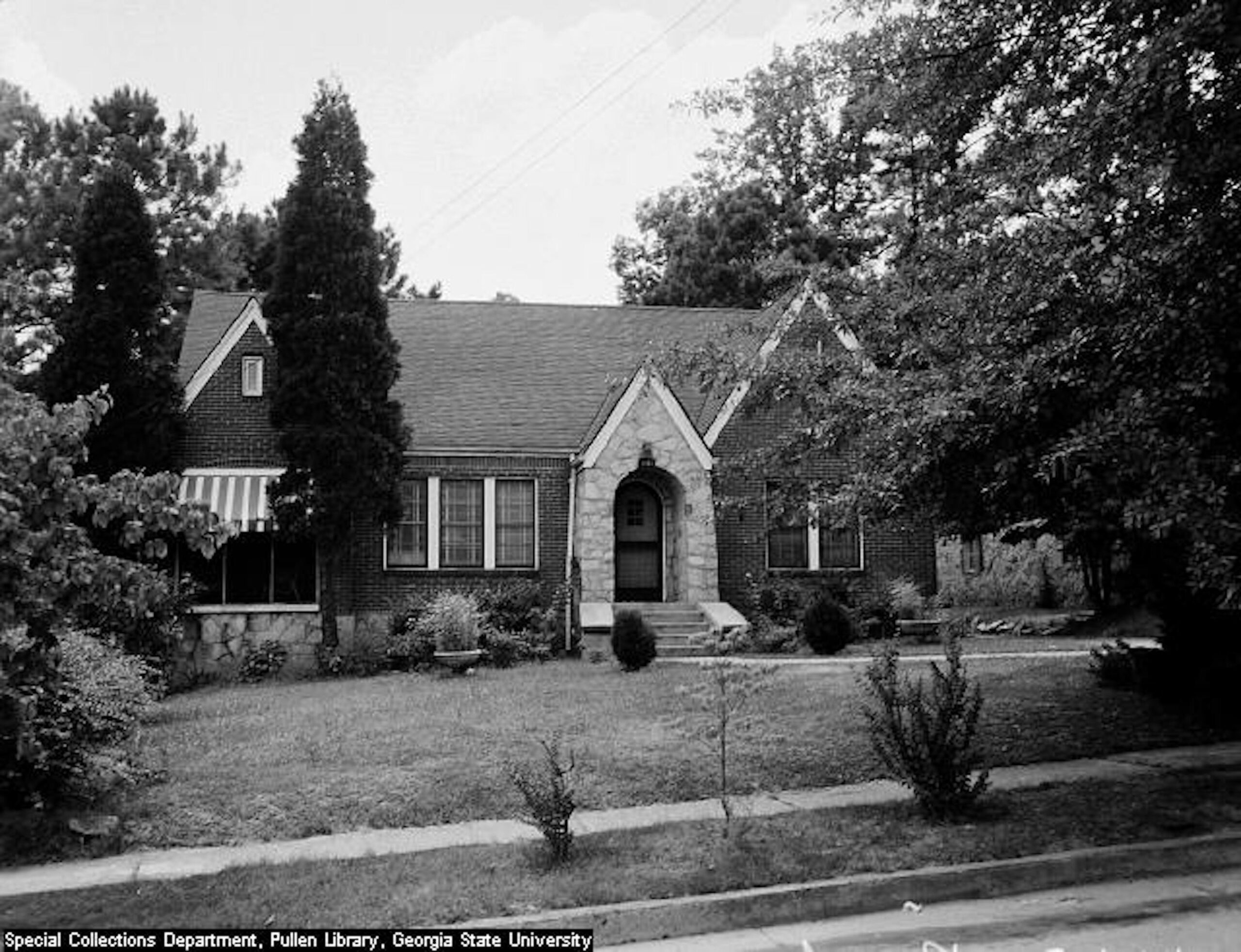 1183 Reeder Circle, Hylan Park
1183 Reeder Circle, Hylan Park
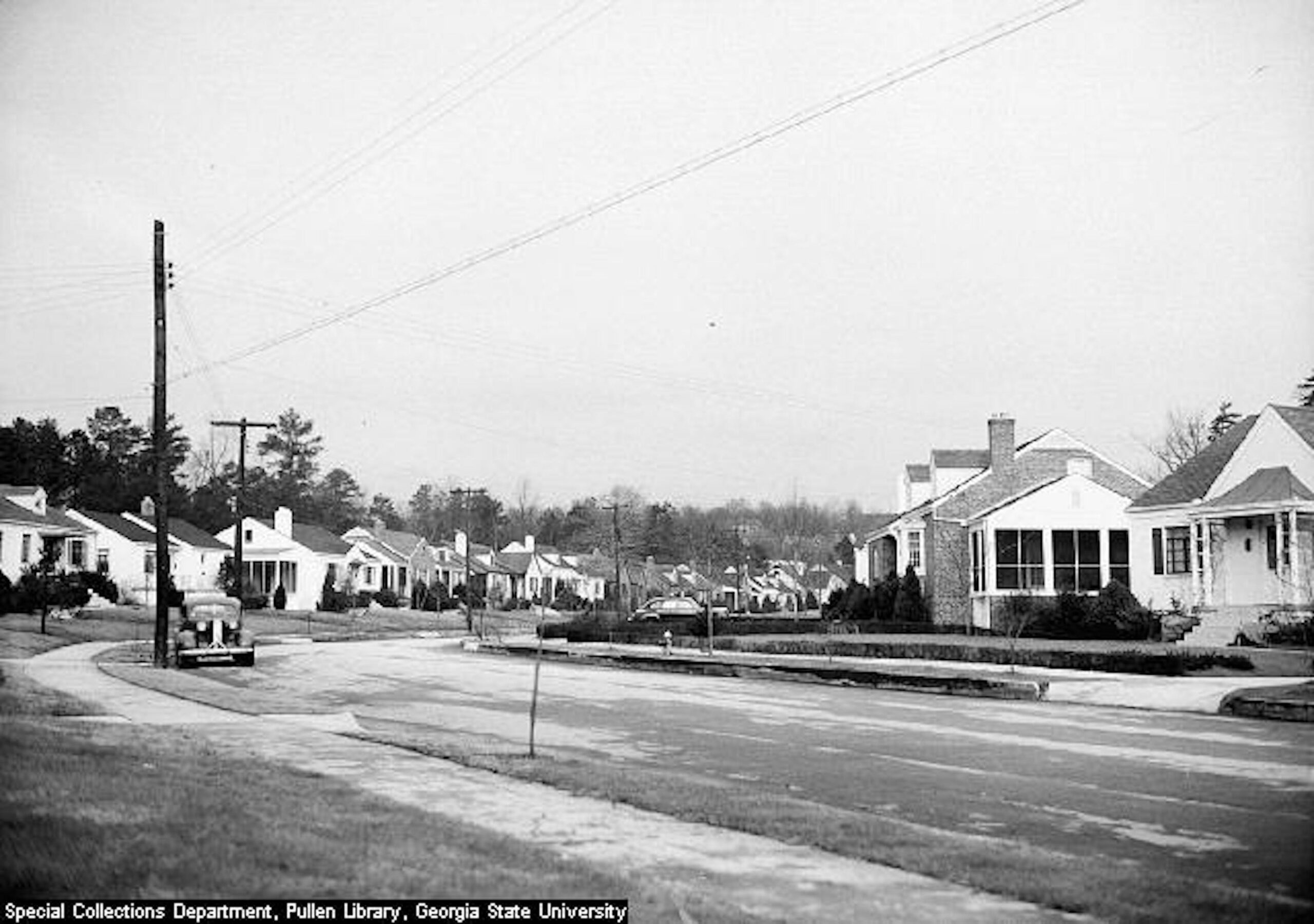 Cumberland Road from E Rock Springs, 1943, Hylan Park
Cumberland Road from E Rock Springs, 1943, Hylan Park
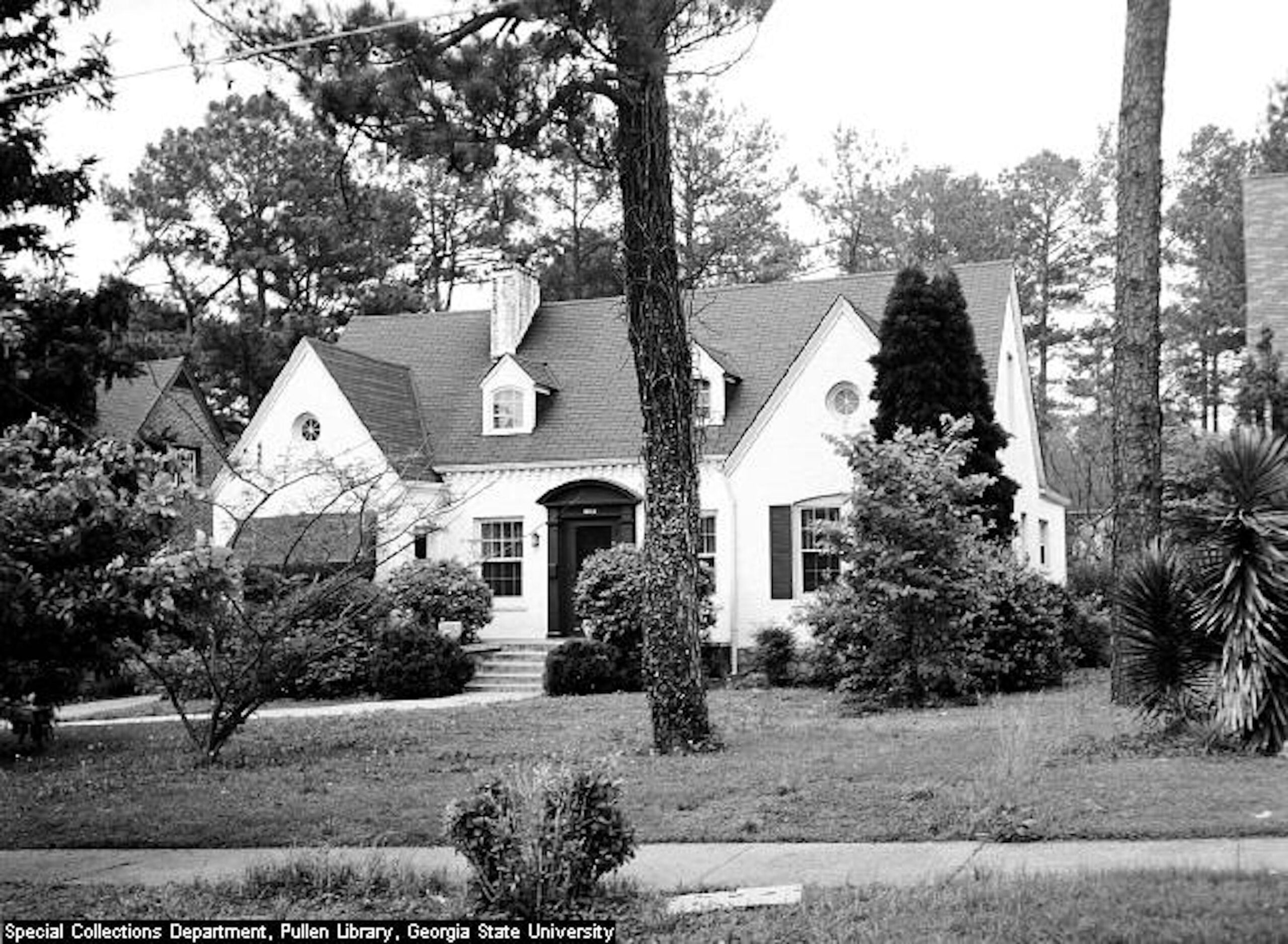 1683 Johnson Road, 1955, Johnson Estates
1683 Johnson Road, 1955, Johnson Estates
Lenox Park
Herbert Kaiser planned Lenox Park in the early 1930s, and the architectural firm of Ivey and Crook designed three model homes for the development: The Barclay (1607 Barclay Place), The Sussex (1625 E Sussex Road), and The Chateau (963 Plymouth Road). One of the original markers for Lenox Park is located at 878 Plymouth Road.
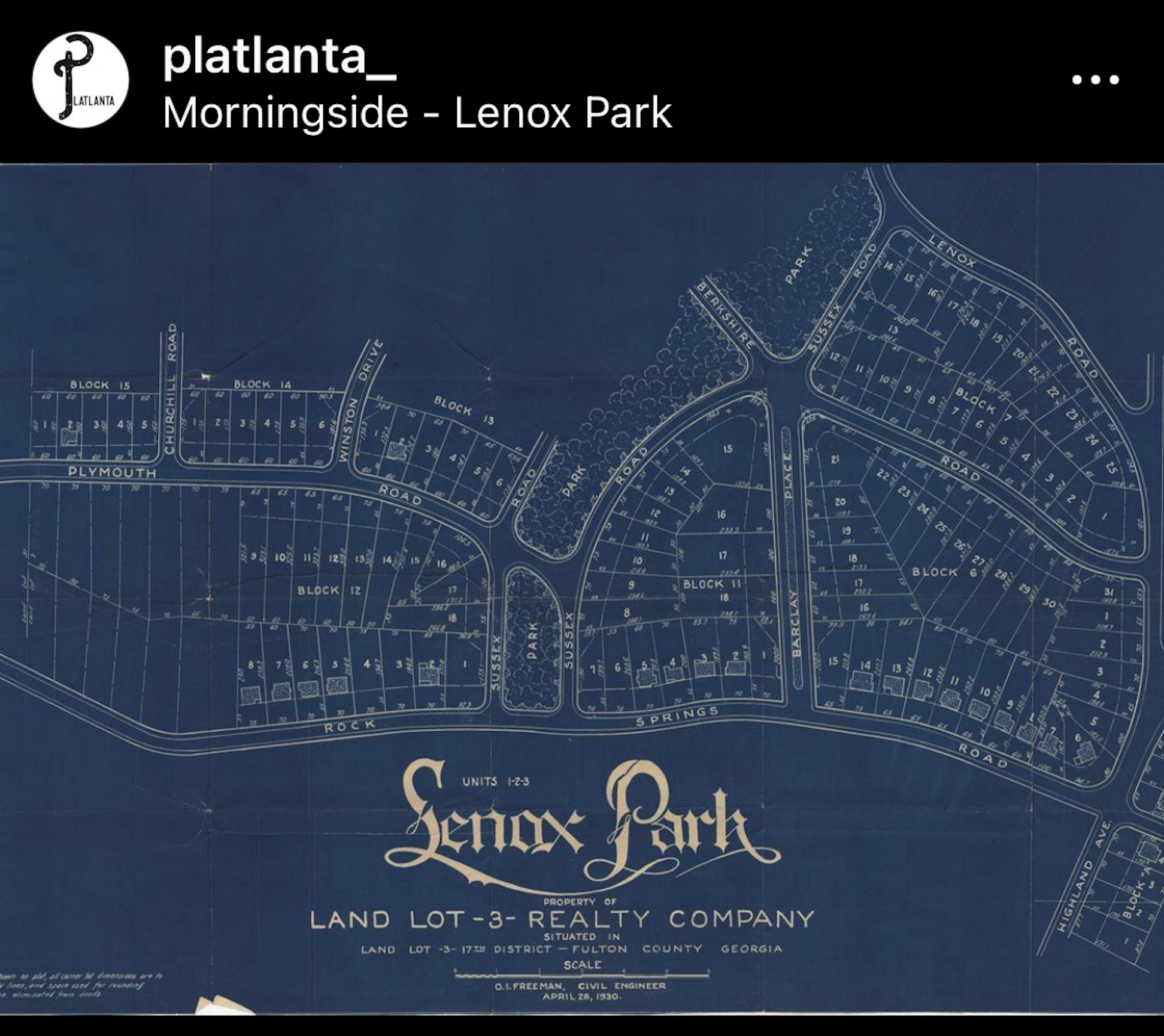 Lenox Park Plans, 1930
Lenox Park Plans, 1930
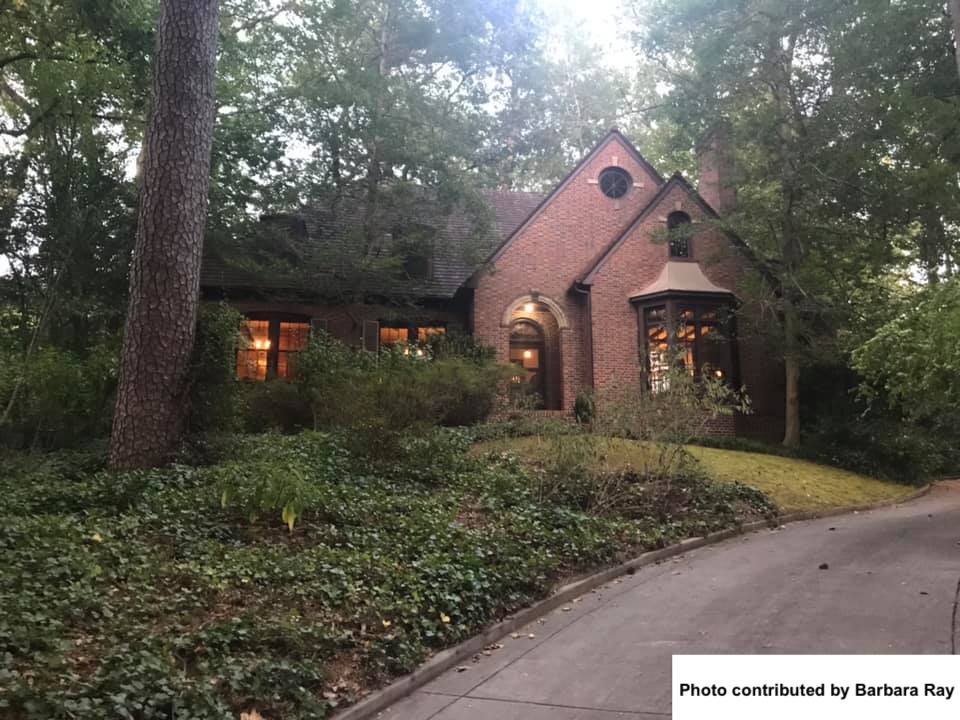
1607 Barclay Place – The Barclay, A Model Home for Lenox Park
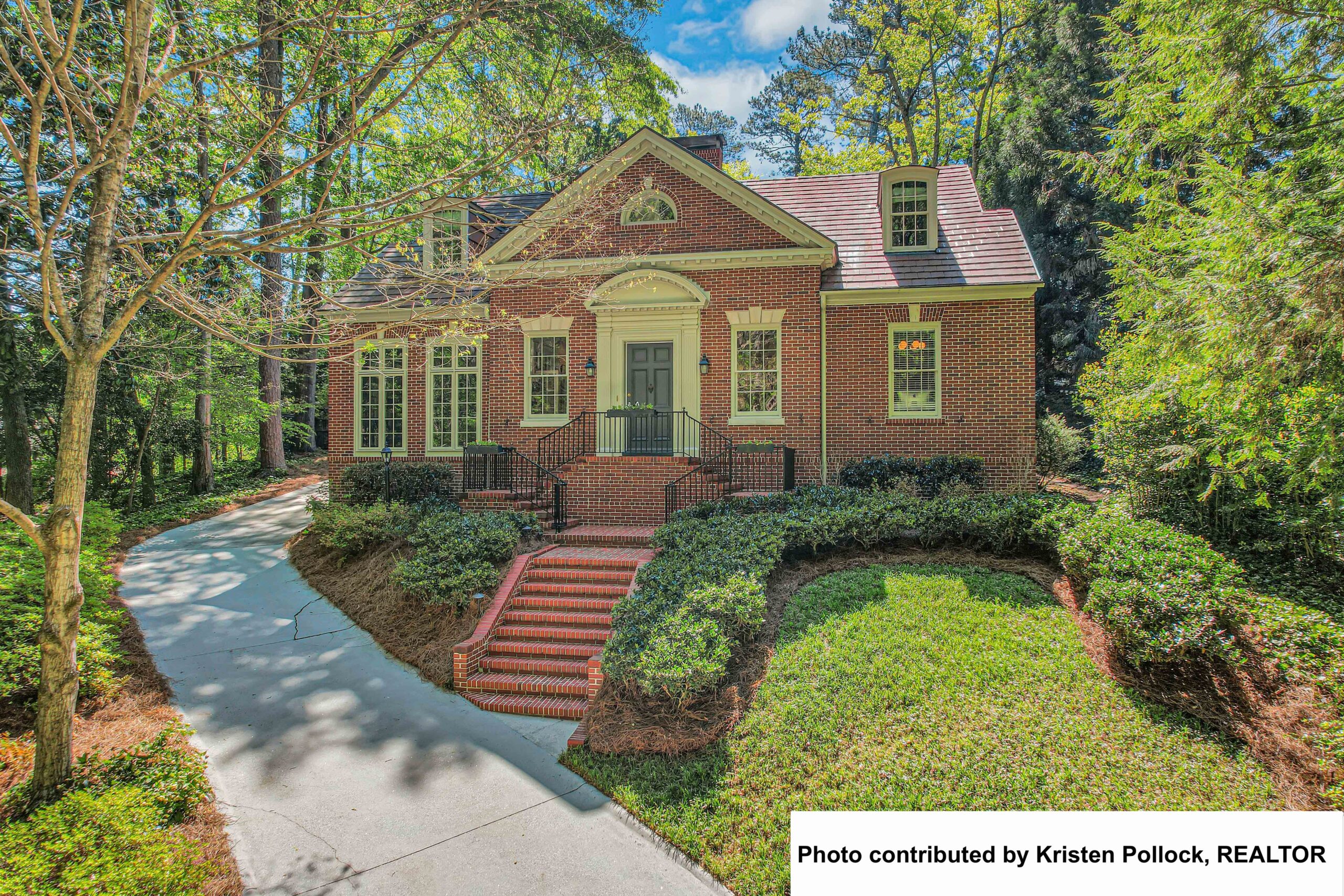
1625 E Sussex – The Sussex, A Model Home for Lenox Park
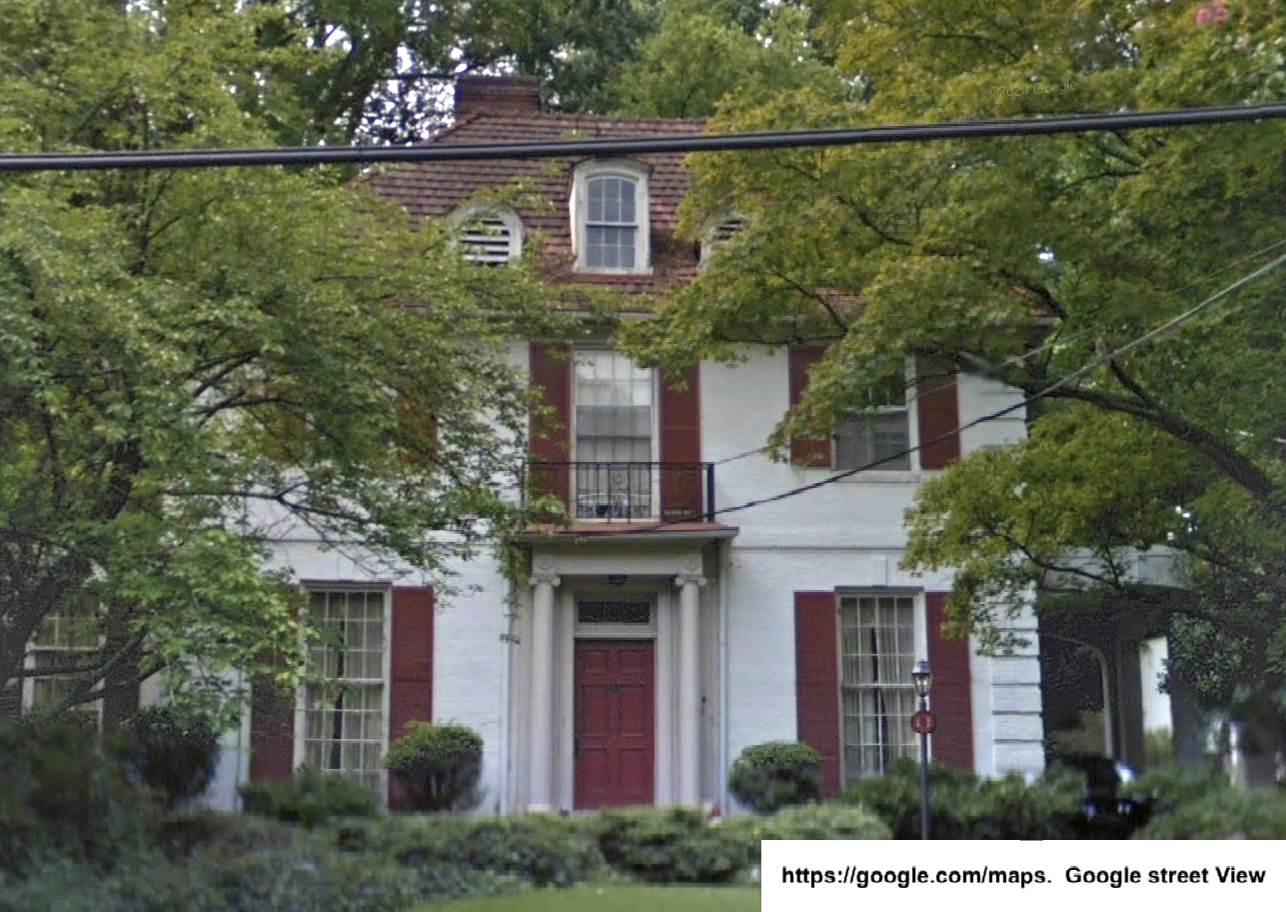
963 Plymouth Road – The Chateau, A Model Home for Lenox Park
Sunken Garden Park
Sunken Garden Park, located between E Sussex, W Sussex, E Rock Springs, and Plymouth, is actually sunken below street level! This Park served as the entrance to the new Lenox Park neighborhood. In the 1930s, Lenox Park developers planted a formal rose garden here to promote country living just outside the city. The residents who lived nearby would send their gardeners to tend the rose garden, and thus it became known as the “Rose Bowl.” Over the years, trees have been added to shade the playground so it will be more comfortable during hot summers. An open play area is also available on the southern side of the park. Rumor has it that an elephant from a traveling circus was buried here. In the 1980s, the MLPA revitalized the park to use for neighborhood gatherings, such as the Celebration of Summer. In the 2020s, the Friends of Sunken Garden Park are working to address drainage problems, add landscaping, and update the play structures.
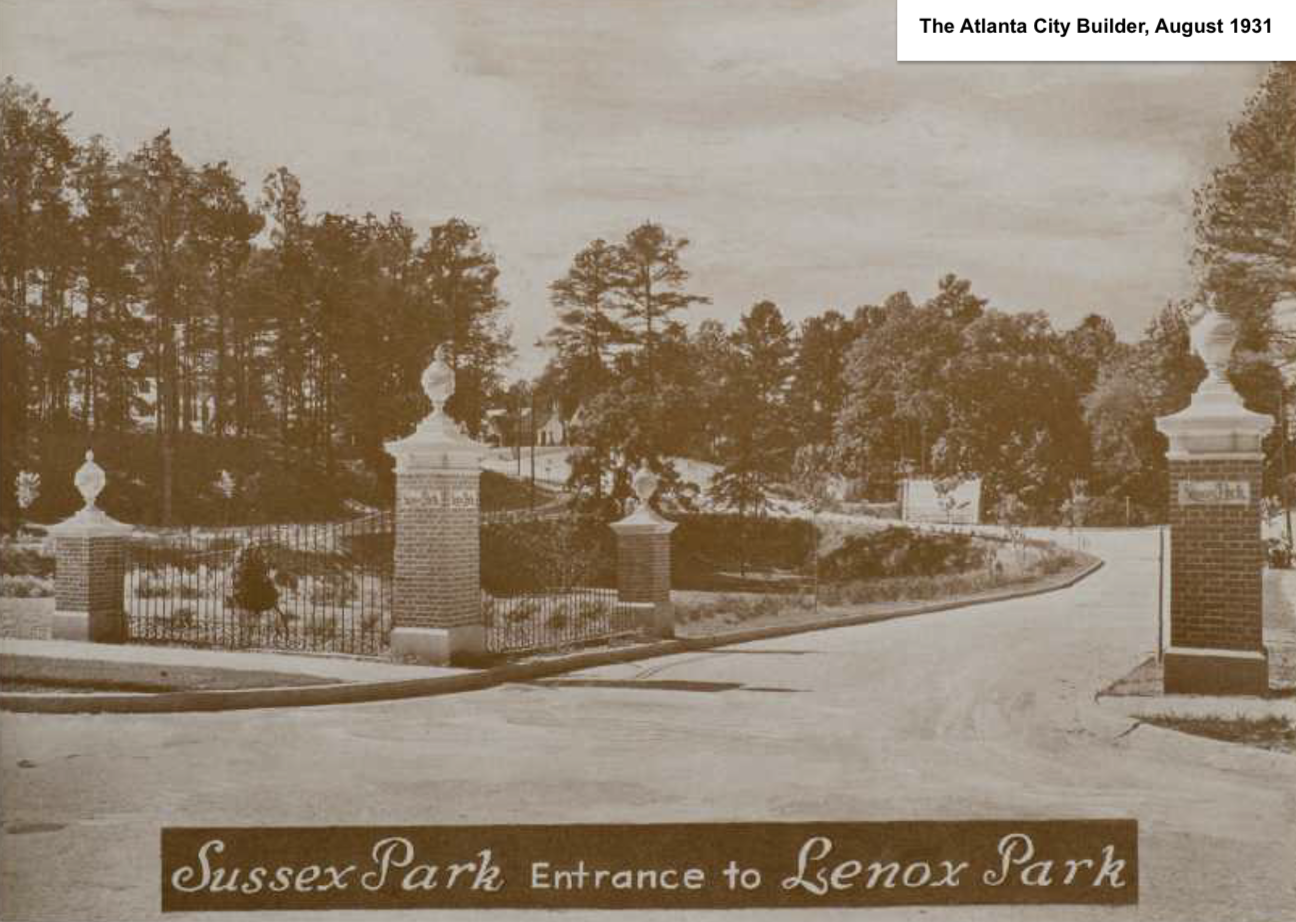
Sunken Garden Park, 1931
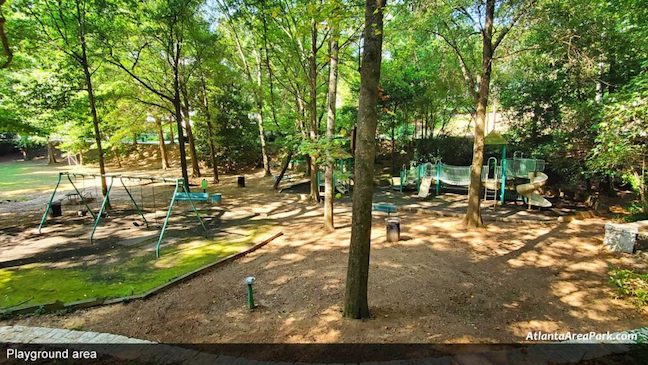
Sunken Garden Park, Today
Smith Park
This gateway to Morningside at the corner of Monroe and Piedmont was donated by one of the neighborhood’s original developers, James Robert Smith. As the plaque, placed in 1932, says he was “zealously devoted to the growth and civic betterment of our fair city, Atlanta.” Over the years, the park has had many faces, some more appealing than others. In 2015-16 neighbors along Sherwood, Cumberland, and other bordering streets raised funds to restore the fountain. Following the pandemic, neighbors teamed up with Park Pride and the park’s sponsor to refurbish the area around the fountain and monument with native plants.
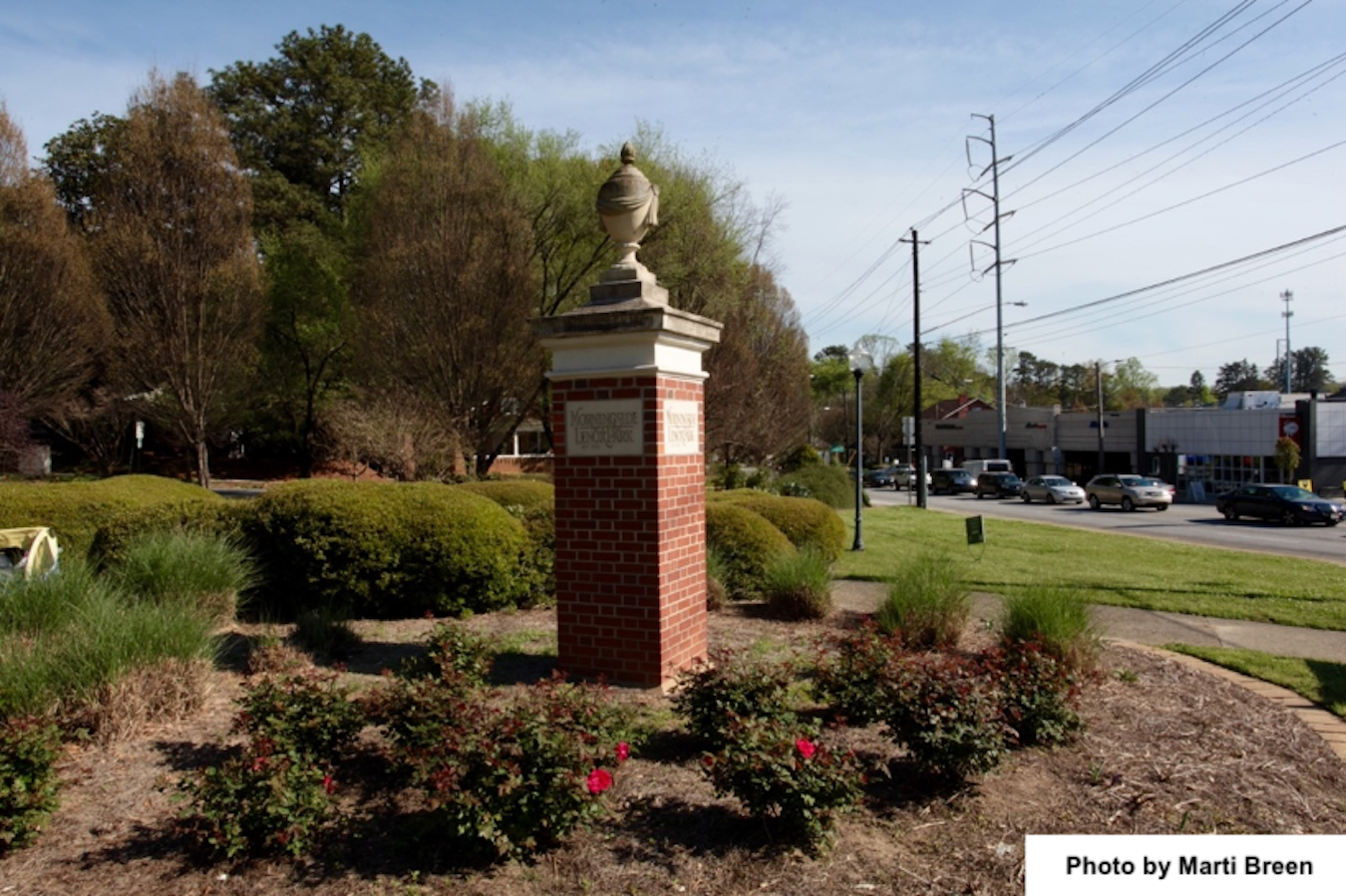
Smith Park, 2016
Daniel Johnson Park
The parcel of this urban forest that became Daniel Johnson Park was owned by the Johnson family for several generations. It was deeded to Johnson in a land lottery in 1824 and probably was cleared for agriculture. In 1930, the farm was subdivided for residential development. Fortunately, the eight-acres bordering Beech Valley Road was not suitable for development, and was donated to the City of Atlanta by Daniel Noble Johnson in 1935 when it became a City of Atlanta Park. The park has been cared for by a succession of groups and is now maintained by the Friends of Herbert Taylor Park & Daniel Johnson Park.
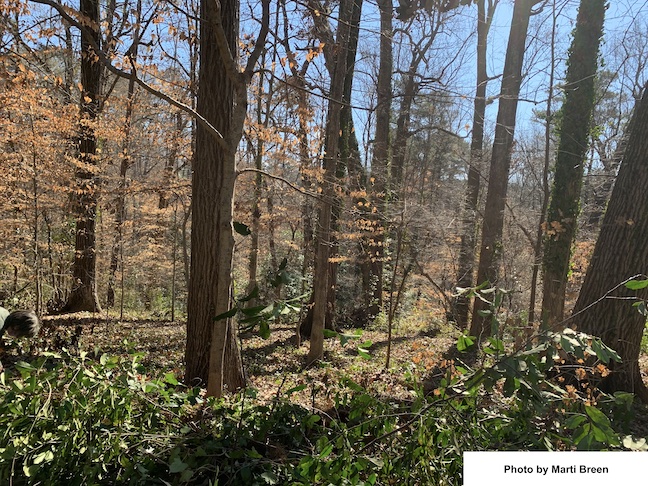
Daniel Johnson Park
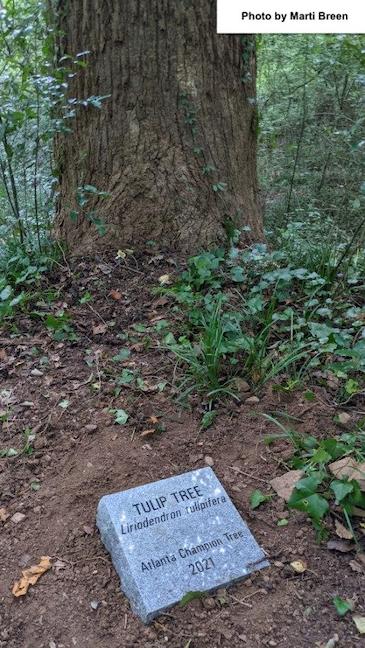
Daniel Johnson Park, Champion Tree
